Art guide and map
Discover works from a diversity of grass-root and world-renowned artists across Eden’s 30-acre site.
We’re closed some weekdays until 12 February, for essential maintenance. Check our opening times before booking.

Pollinator Pathmaker is a permanent 55-metre-long living artwork by Alexandra Daisy Ginsberg that explores the vital role of pollinators.
To welcome more pollinator and human visitors to the Pollinator Pathmaker Eden Edition, the artwork is temporarily closed for maintenance.
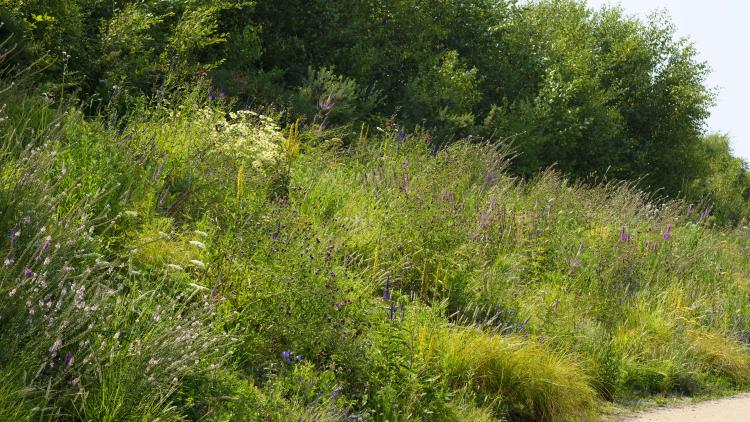
Photography: Royston Hunt
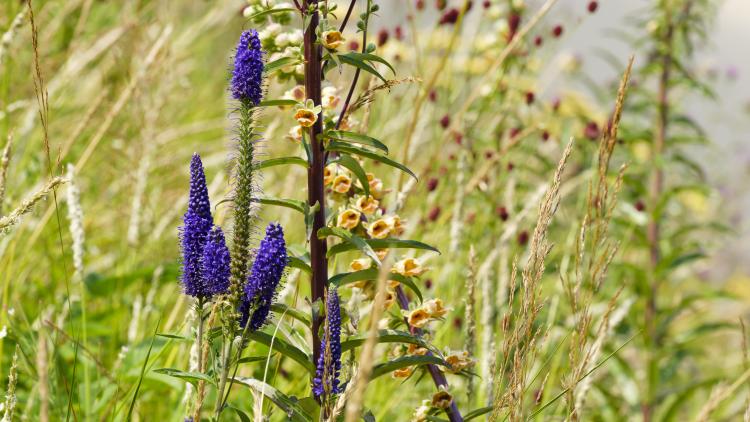
Photography: Royston Hunt
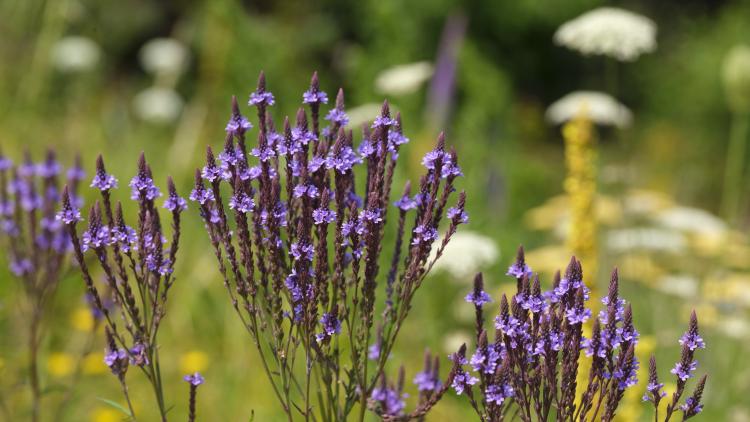
Photography: Royston Hunt
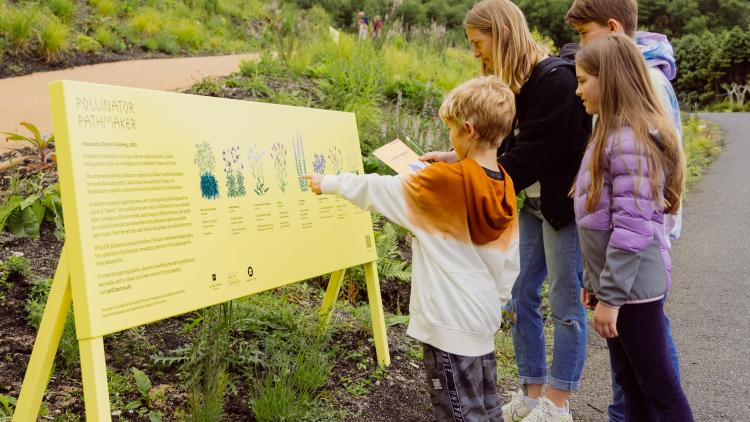
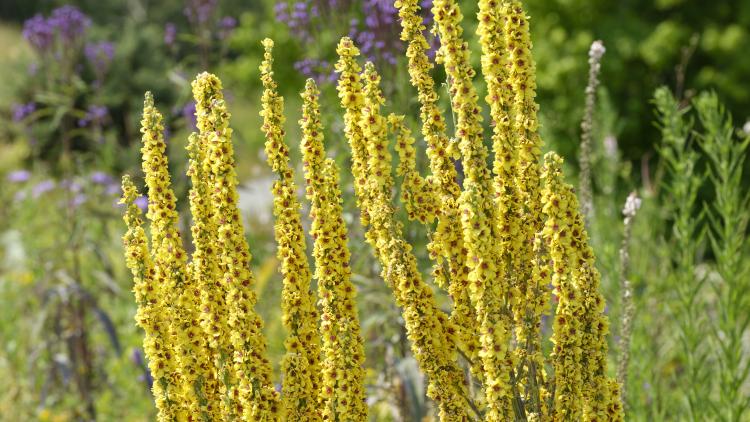
Photography: Royston Hunt
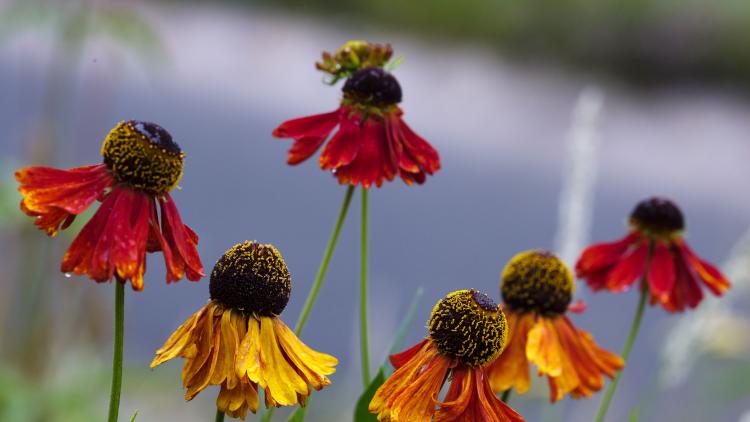
Photography: Royston Hunt
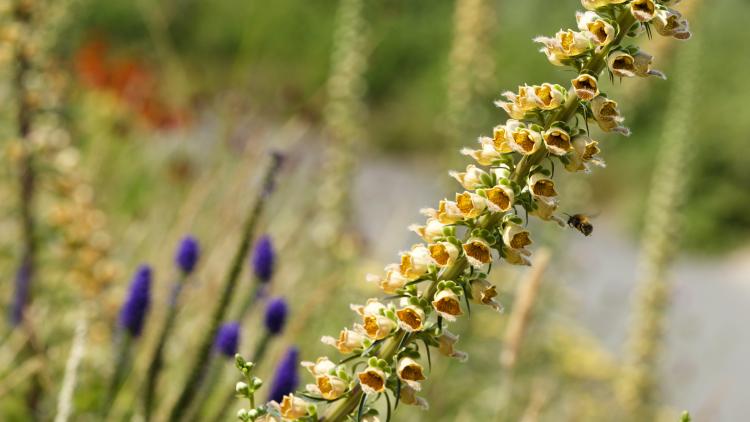
Photography: Royston Hunt
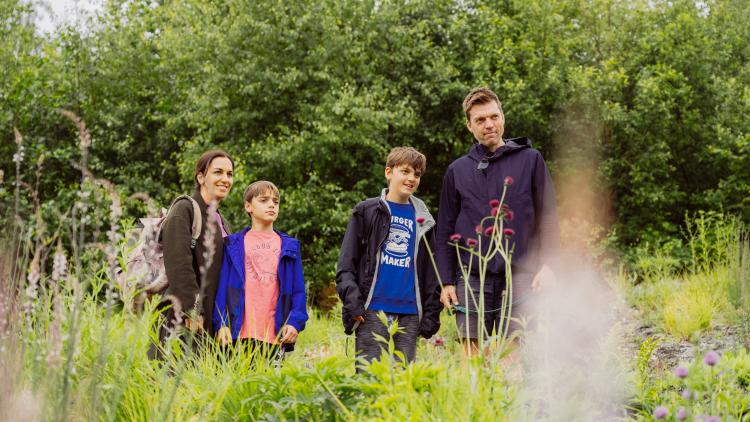
“I hope we can create the largest ever climate positive artwork together, by planting living artworks for pollinators around the world”
“ Daisy’s huge talent is to be an artist that understands narrative, aesthetics, science and…impact. ”



